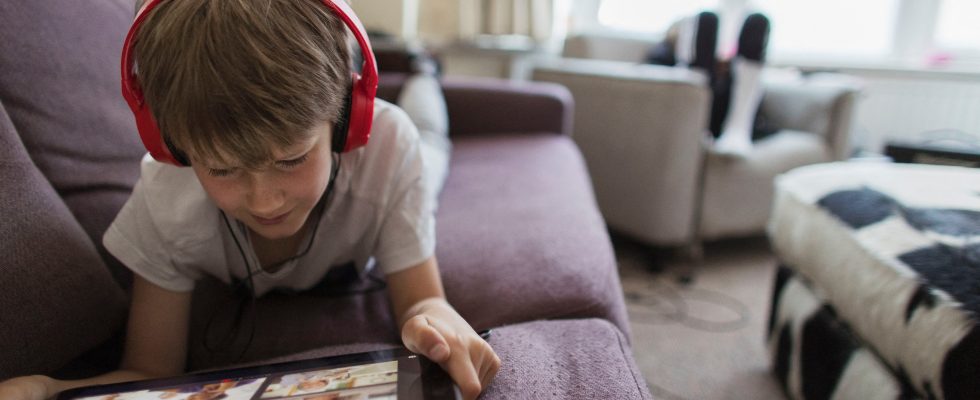Anxiety-provoking discussions about children’s exposure to screens come from two main sources: on the one hand, clinicians who see children with language delays or with various disorders, and who note that their young patients are often very exposed. on screens. On the other hand, observational studies that describe statistical associations between screen exposure time and various indicators of cognitive development. The problem is that these sources do not allow any reliable conclusions to be drawn.
In fact, clinicians do not see children exposed to screens and who are doing well, and therefore are not able to produce statistics on the effects of exposure. Observational studies detect correlations, but correlation is not causation. There are confounding factors, like the level of education of the parents, which has an effect on both children’s cognitive development and their exposure to screens, thus inducing a correlation between the two. Moreover, the correlation could also be due to reverse causation, children with developmental disabilities being more attracted to screens. How can we see things more clearly?
This is where studies like the one recently published on the Elfe cohort are useful. It involves 14,000 children followed since birth, whose exposure to screens and cognitive development were measured repeatedly. Like previous studies, it found negative correlations between exposure to screens and children’s cognitive abilities. But, by applying sophisticated statistical methods, it allows us to begin to isolate the causal effects of screens on cognitive abilities, abstracting from confounding factors and reverse causality. In doing so, it produces much more nuanced results.
The estimated causal effects of screens are much less unequivocal than uniformly negative correlations. These effects depend on age and cognitive measures: some negative consequences are confirmed but are weak, many turn out to be zero, and we even find a positive result of screen time on conceptual reasoning at 3 and a half years old. Overall, this study shows that the effects of screens on children are mostly weak and difficult to detect, even with such a large sample size. In other words, if there was an overall and significant deleterious effect of screens on the child, it should be seen much more clearly and unambiguously in this study.
The example of family meals
We can understand the weakness of these effects by the fact that “exposure time to screens” is not a homogeneous factor, it brings together content and uses of screens which can have a negative effect on the child, and other content and uses that may have a positive effect. When we analyze the effect of total screen time, we average all these potentially contradictory factors, and we end up with effects close to zero. These results show that putting exposure times end to end is in fact not very relevant.
It is therefore important to pay attention, more than to screen time, to specific content and uses. Precisely, the study on the Elfe cohort also analyzes the effect of a particular use, namely watching television during family meals. This effect is most clearly negative, in any case up to 3 and a half years (but no longer at 5 and a half years). We can understand this by the fact that family meals are a privileged moment of verbal interactions between parents and children, and that in this context, television replaces interactions important for development.
These results are compatible with the idea that, in the few results where exposure to screens seems to have a negative effect on the child, this is not necessarily due to intrinsic toxicity of screens, it is mainly due to means that the screen replaces other activities, which would have a positive effect on development. These results therefore invite us to focus our attention, rather than on the screens themselves, on the child’s other activities: is he sufficiently exposed to social and verbal interactions? Does he have regular physical activity? Is he getting enough sleep? These are the real challenges of harmonious development.
* Franck Ramus is research director at CNRS, and co-author of the study published by Inserm this Wednesday, September 13
